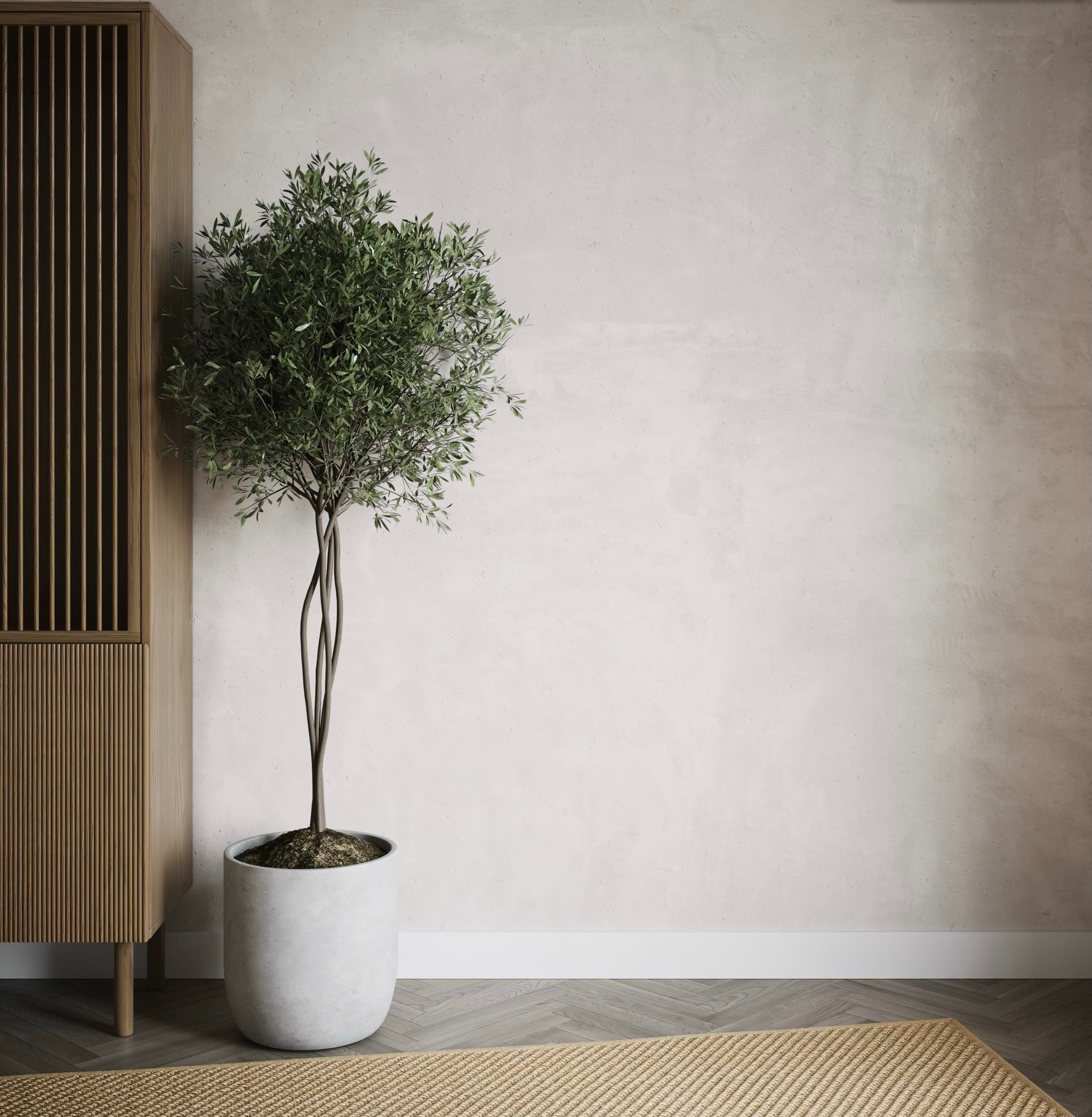
Holistic Home Design: Incorporating Wellness and Balance
Created by Jessica Maric Gramatica.
Reviewed at Sisuverse.
The spaces in which we dwell profoundly impact our overall well-being, holding the potential to either nurture our spirits or to imbue our lives with discord and chaos. By embracing the principles of holistic home design, we can consciously curate interiors that not only enchant the eye but also foster an atmosphere of balance, harmony, and wellness, resonating deeply within our souls and inviting us to cultivate an environment that nourishes body, mind, and spirit. At the core of holistic home design lies the intention to create a sanctuary that promotes relaxation, mindfulness, and rejuvenation, seamlessly blending function, aesthetics, and the soothing vibrations of a Zen ambience.
In this comprehensive exploration of holistic home design, we will journey through the various facets of creating a serene, well-balanced living space that fosters a sense of sanctuary and nurtures a clear, tranquil energy. From the art of space arrangement and the power of colour therapy, to the importance of natural elements and the integration of relaxation zones, we offer an array of ideas, tips, and advice on crafting a retreat into beauty, harmony, and healing. As we delve deep into the principles of holistic design, let your home evolve into a living testament to the transformative power of balance, enable it to sing with the symphony of energies that unite the fabric of our lives.
The Art of Space Arrangement and Organisation
Master the skill of arranging and organising your living spaces to promote positive energy flow, enhance functionality, and cultivate a harmonious atmosphere:
- Decluttering and Minimalism: Embrace the practice of decluttering and minimalism, regularly assessing your possessions and reducing unnecessary items, opening up space and promoting a sense of calm and order.
- Purposeful and Designated Spaces: Designate specific areas within your home for particular activities, such as relaxation, work, or socialising, creating distinct zones that support and enhance these intentions.
- Balance and Symmetry: Strive for balance and symmetry in your furniture arrangement and décor, producing a sense of stability, proportion, and harmony throughout your living spaces.
- Utilising Flow Principles: Arrange your interiors in alignment with principles of energy flow, such as feng shui or vastu shastra, optimising the movement of positive energy within your home.
Colour Therapy and Interior Design
Harness the power of colour therapy when designing your home, selecting hues that evoke specific emotional responses, enhance well-being, and foster a Zen ambience:
- Choosing Calming Colours: Opt for calming colours, such as pale blues, soft greens, or gentle greys, to create soothing, tranquil spaces that encourage relaxation and rest.
- Warm and Inviting Tones: Incorporate warm, inviting tones, like earthy browns, deep reds, or rich yellows, to foster an atmosphere of comfort, warmth, and togetherness.
- Contrast and Balance: Achieve a sense of contrast and balance within your colour palette, combining bold accents with neutral tones to create dynamic, visually engaging living spaces.
- Personal Connection and Resonance: Select colours that resonate with you on an emotional and personal level, reflecting your unique aesthetic preferences and enhancing your connection to your living spaces.
Incorporating Natural Elements
Integrate natural elements within your home design, nurturing a sense of connection, grounding, and serenity:
- Adding Indoor Plants: Enrich your living spaces with indoor plants, purifying the air and fostering a visually appealing connection to the natural world.
- Natural Materials: Utilise natural materials, such as wood, stone, or organic textiles, to imbue your interiors with a sense of warmth, texture, and authenticity.
- Maximising Natural Light: Design your home to maximise natural light sources, creating a bright, uplifting atmosphere and promoting overall well-being.
- Water Features: Incorporate water features, like indoor fountains or aquariums, to induce a sense of tranquillity, motion, and flow within your living spaces.
The Integration of Relaxation Zones
Designate and create relaxation zones within your home, fostering a serene, restorative atmosphere to unwind and rejuvenate:
- Creating a Meditation Space: Establish a quiet, uncluttered meditation space within your home, using soft lighting, comfortable seating, and tranquil décor to enhance mindfulness and focus.
- Designing a Reading Nook: Cultivate the ideal reading nook, incorporating cosy seating, ample shelving, and warm lighting to create a peaceful, secluded retreat for literary escapism.
- Crafting a Home Spa Experience: Transform your bathroom or spa area into a sanctuary of relaxation, utilising natural materials, calming colours, and elements such as aromatherapy and soothing lighting.
- Outdoor Living and Leisure: Create outdoor relaxation zones, such as patio lounges, hammocks, or zen gardens, optimising your connection to nature and inviting an aura of tranquillity and peace.
Conclusion
In weaving the transformative threads of wellness, balance, and beauty into the fabric of our living spaces, we cultivate a holistic home design that serves as a sanctuary of restorative serenity. By consciously arranging our spaces, harnessing the power of colour therapy, embracing natural elements, and creating dedicated relaxation zones, we nurture a living environment that resonates deeply with our collective desire for harmony, tranquillity, and rejuvenation. Step into the graceful, transformative realm of holistic home design, and let the soothing energies of balance, wellness, and Zen ambience create a haven of healing and connection, where the heart, mind, and soul are free to unfold in the boundless dance of self-discovery and inner peace. If you’re looking for soft furnishings in the UK, check out Sisu Essense now.





